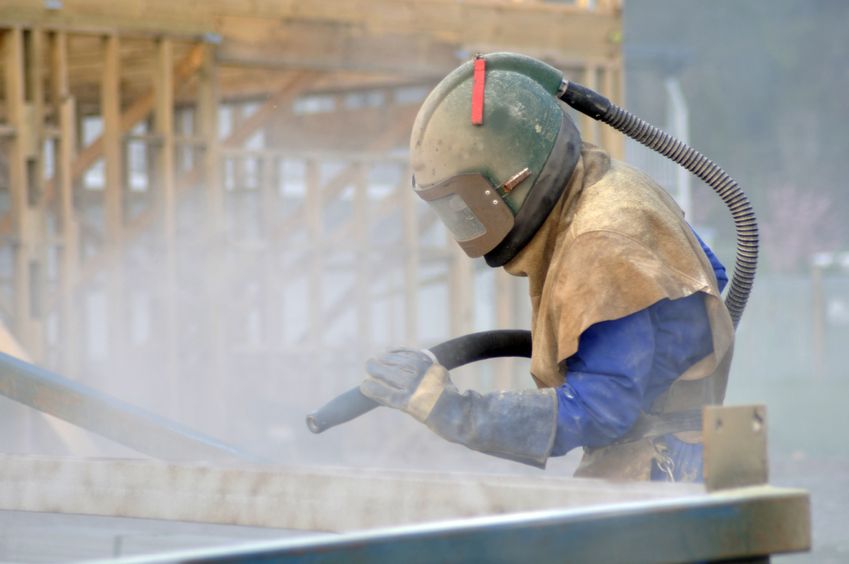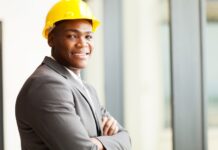
Sometimes it’s necessary for a big business to call on specialist services. Large scale operations need the support and assistance of other businesses that may not carry out functions that are in their line of expertise.
Chances are that logistics and transport firms or companies that require large industrial structures might well need to deploy some plastic media blasting. Chances also are that those firms may well not understand what the process is and how it works.
Here’s our guide to help understand what this is, how it works and where it is applied:
The origins of blasting
Like many great inventions, blasting was inspired by mother nature. American Benjamin Tilghman is believed to have come up with the idea for sandblasting after seeing the effects of sand blowing up against windows in the desert. He went away and worked on a way to channel this erosion into an industrial use by 1870.
Over time the technology changed, with the process of sandblasting proving dangerous and the cause of many lung complaints. Plastic media blasting takes the danger out of the process. It also uses much softer granules so is less likely to damage the base material or cause any adverse environmental impact.
How it works
The basic principle has remained the same ever since, with a high-pressured blast of material used to strip back the coating of a surface and return it to its original form to be re-painted or covered. Plastic media is an efficient substance to be used – and re-used – for this function.
There are a number of ways that the process is carried out. Mobile blast units come with containers to help deliver their abrasive material for smaller jobs but these are unlikely to meet the demands of the biggest businesses.
Blast rooms and cabinets offer this process on the sort of scale these organizations require. These allow the operator to blast a surface and recycle the abrasive to run in an efficient closed loop-style system.
With a cabinet, operators put their arms in through glove holes to control the process. Blast rooms are on a much larger scale. Installations – such as those offered by Airblast AFC – see an operator work within the room and allow for the biggest projects to be carried out smoothly.
What it is used for
Wondering if this is the right sort of process for your business? Plastic media blasting is the key to getting the right look for aircraft and automotive parts or large scale industrial structures such as wind turbines.
It’s vital when it comes to re-branding, for example. Airlines or railway franchises often need to change the look of their vehicles within their lifespan to ensure they fit with their current corporate look. The same can be said for companies with a whole fleet of vehicles at their disposal.
Big blast rooms allow these projects to be completed effectively and without the need to pay for expensive replacements.
Find a Home-Based Business to Start-Up >>> Hundreds of Business Listings.
















































